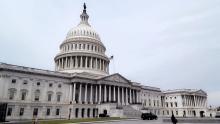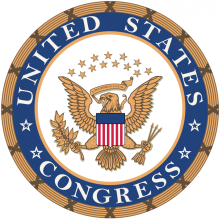AAIA Sets Positive Standards by Requiring Local Approval of Federally Funded Projects
With all the buzz around the prioritization of municipal and cooperative broadband networks in the American Jobs Plan unveiled by President Biden last week, let’s not forget about one leading voice in Congress calling for broadband for all.
Last year, with assistance from the House Rural Broadband Task Force he created, Rep. James Clyburn, D-SC, introduced the Affordable, Accessible Internet for All (AAIA) Act, a bold bill that proposed a $100 billion investment to build high-speed Internet infrastructure in unserved and underserved parts of the country.
Although the legislation stalled in the Mitch McConnell-led U.S. Senate prior to the 2020 election, it did set the Democratic agenda on broadband moving forward. Now, as the Biden Administration has settled into the White House and with Democrats in control of Congress, Clyburn has reintroduced a slightly slimmed down $94 billion AAIA, alongside companion legislation in the U.S. Senate sponsored by Sen. Amy Klobuchar, D-MN.
If it passes, the bill would be a game changer, as it goes beyond funding high-speed Internet infrastructure to attack the digital divide from essentially every angle. The bill includes funding and dedicated support to address barriers that prevent millions of Americans from having access to affordable, high-speed Internet connectivity. It backs measures that would encourage pricing transparency, promote Internet adoption and digital literacy initiatives, guarantee affordability, and protect the rights of workers who would build the networks.
While all of these measures are critical, one of the most important requirements included in the revamped legislation is for input from local, state and Tribal governments to be taken into account when determining what projects AAIA will fund.



